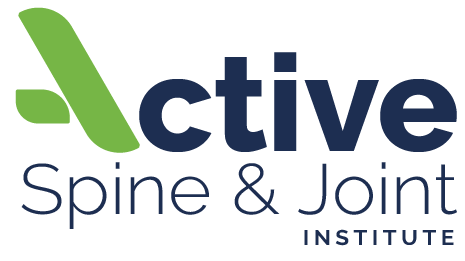The Aging Marathon: When Our Bodies Remind Us We're Not 22 Anymore
Being an adult in our thirties and forties is a rewarding yet challenging journey that often leaves us questioning our physical capabilities. At times, we may find ourselves thinking, "Am I too old for this?" while simultaneously believing we can still do things our bodies might struggle to handle. It's not uncommon for our office to witness a surge in visits from 30 and 40-year-olds during the summer due to boogie board mishaps and other similar incidents. So, what exactly happens to our bodies in our 30s and 40s that can make us feel like we're experiencing "wear and tear" while still feeling young? Let's explore this phenomenon in more detail.
Changes in Muscle Mass and Strength: As we enter our 30s and 40s, our bodies undergo natural physiological changes. One notable change is a gradual decline in muscle mass and strength. The production of certain hormones, such as growth hormone and testosterone, decreases with age, leading to a gradual loss of muscle tissue. This decline can make physical activities feel more challenging and contribute to a sense of reduced endurance and increased fatigue.
Joint Health and Mobility: In our 30s and 40s, we may begin to notice changes in joint health and mobility. The protective cartilage that cushions our joints may start to wear down over time, leading to increased joint stiffness, discomfort, and a decreased range of motion. This can make certain movements, especially repetitive or high-impact activities, more difficult and potentially increase the risk of injury.
Slower Recovery and Increased Injury Risk: As we age, our bodies also experience a slower rate of recovery from physical stress and injury. The healing process takes longer, and we may be more prone to experiencing sprains, strains, or other injuries. Additionally, the accumulation of previous injuries or repetitive strain from daily activities can contribute to a feeling of accumulated "wear and tear" on the body. Old injuries from sports or other activities may start to act up again, reminding us of their presence.
Keeping Up with Active Kids: One unique challenge for parents in their 30s and 40s is keeping up with their energetic and active children. Kids have boundless energy and constantly want to engage in sports, go to amusement parks, and participate in various activities. As parents, we strive to be actively involved in our children's lives and provide them with enriching experiences. However, this can put added physical demands on our bodies as we try to match their energy and enthusiasm.
Overcoming the Challenges:
While the changes that occur in our bodies as we age may be inevitable, there are ways to manage and overcome the challenges:
Regular Exercise: Engaging in regular physical activity, including strength training and flexibility exercises, can help maintain muscle mass, improve joint mobility, and enhance overall physical fitness. It's important to choose activities that are enjoyable and suit our individual capabilities and interests.
Injury Prevention: Taking steps to prevent injuries, such as using proper form during physical activities, wearing appropriate protective gear, and gradually increasing the intensity and duration of exercise, can reduce the risk of unnecessary strain on the body. Warm-up exercises and stretching can also help prepare the body for physical activities.
Prioritizing Rest and Recovery: Recognize the importance of rest and recovery to allow the body to heal and recharge. Listen to your body's signals and give yourself permission to take breaks when needed. In your 20s you might have been able to function off 3 hours of sleep, but now, make sure you are getting 7 to 8 hours of solid sleep every night.
Seeking Professional Help: Consulting with healthcare professionals, such as chiropractors, physical therapists, or trainers, can provide personalized guidance and support to address specific concerns, manage pain, and improve overall physical well-being. They can help develop tailored exercise programs and provide techniques to prevent injuries or manage existing conditions.
Stay Hydrated: Drinking lots of water will also help your overall health as you age. Get into the habit now of drinking half your body weight in ounces in weather - for example, if you weigh 180 lbs, you should be drinking 90 oz of water each day; if you weigh 240 lbs, you should be drinking 120 oz of water each day.
Aging is undoubtedly a challenging endeavor, and as we enter our 30s and 40s, our bodies may start to feel the effects of age and physical demands. However, understanding the changes that occur and taking proactive steps to care for our bodies can help us navigate these challenges with grace. By prioritizing exercise, proper nutrition, injury prevention, and seeking professional help when needed, we can continue to embrace the joys of parenting while optimizing our physical well-being. Remember, age may bring some changes, but with a little extra care, we can still thrive and enjoy an active and fulfilling life.
